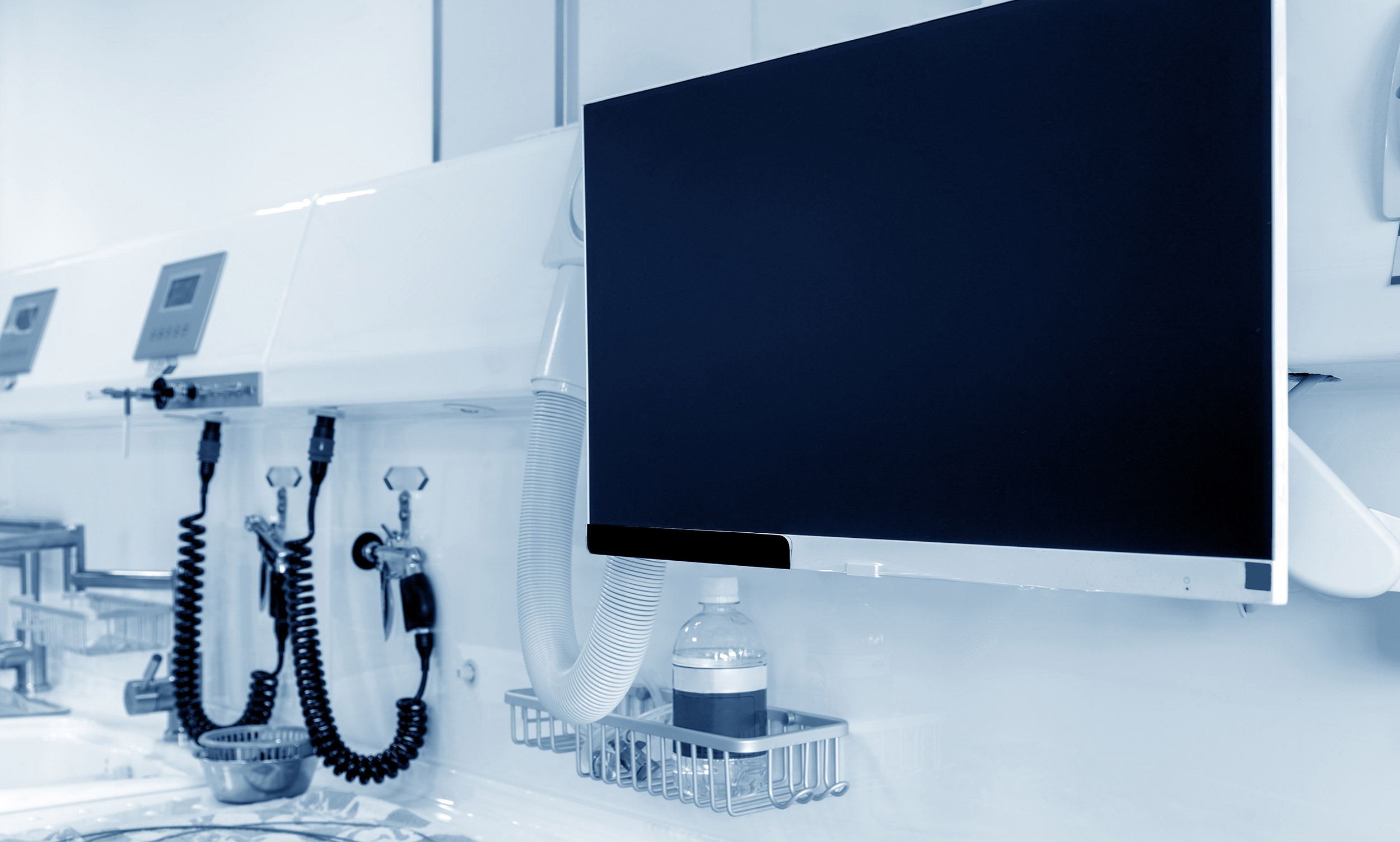
In the wake of the U.S. Food and Drug Administration recommendation for partially or fully disposable duodenoscopes to be used in endoscopic retrograde cholangiopancreatography (ERCP), four companies have developed partially disposable duodenoscope technology.
Like all new duodenoscopes on the market, the performance of the devices needs to be tested before acquisition should be considered. That’s according to Dr. Drew S. Lubber and a team of gastroenterologists that presented new research at Digestive Disease Week 2021 about disposable endcap duodenoscopes.
The DDW abstract stated there was no difference in efficacy between disposable endcap and traditional fixed endcap devices. Of 169 endoscopic retrograde cholangiopancreatography (ERCP) procedures examined, the only ones that were not completed by partially disposable duodenoscopes also failed to be completed by legacy scopes once a switch was made.
In response to the research, Dr. Lawrence Muscarella, president of LFM Solutions, said it is important for institutions to consider two things: potential dislodgement of the endcap during a procedure and potential abrasions to mucosal material caused by the disposable components.
“It could be that the distal end cap is more abrasive than we anticipated, compared to the fixed end cap,” Muscarella told Gastroenterology & Endoscopy News. Muscarella urged physicians to “confirm that the cap is attached and that no tissue is within the single-use distal cover,” during and after procedures.
There were no adverse reports during any procedures in the study period, according to the abstract. There have, however, been medical device reports submitted to the FDA of disposable endcaps falling off during ERCP.
These novel duodenoscopes have disposable distal ends, or endcaps, to address the biggest threat to successful decontamination — the device’s elevator mechanism used to manipulate procedural accessories in the upper duodenum.
For some new duodenoscopes, the disposable distal end allows for easier access to the elevator for cleaning and disinfection. One novel duodenoscope has a single-use elevator.
The researchers gathered a range of clinical outcome information, including image quality, device ergonomics, elevator function, procedure success, bioburden testing, and overall clinical impression from physicians and reprocessing staff.
As expected, partially disposable duodenoscopes averaged shorter reprocessing times, and staff reported they were easier to clean.
For physicians, the novel duodenoscopes compared to legacy scopes in ergonomics and clinical performance, according to the abstract.


